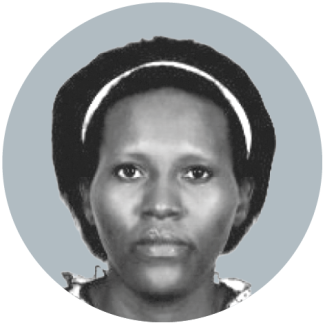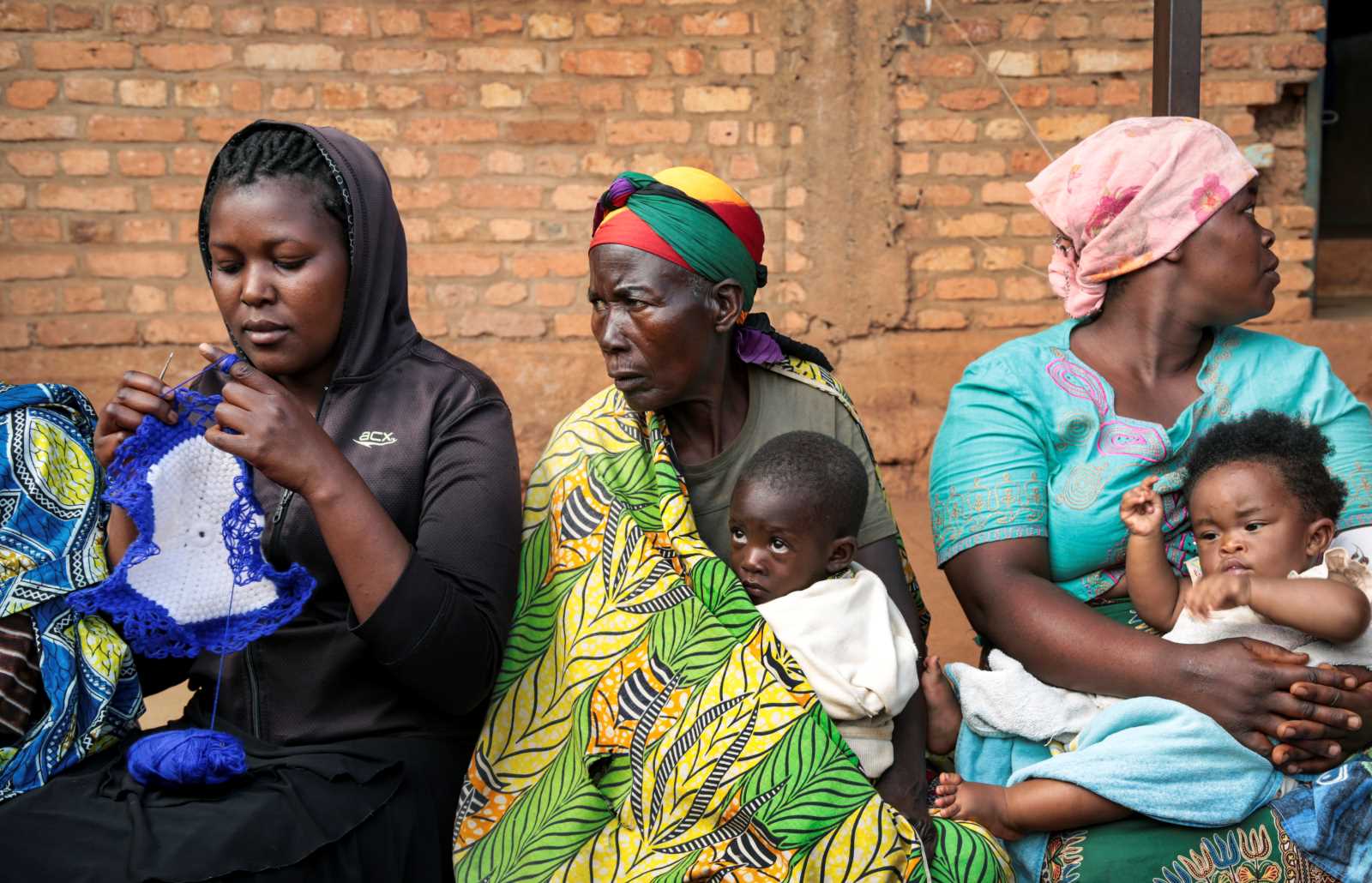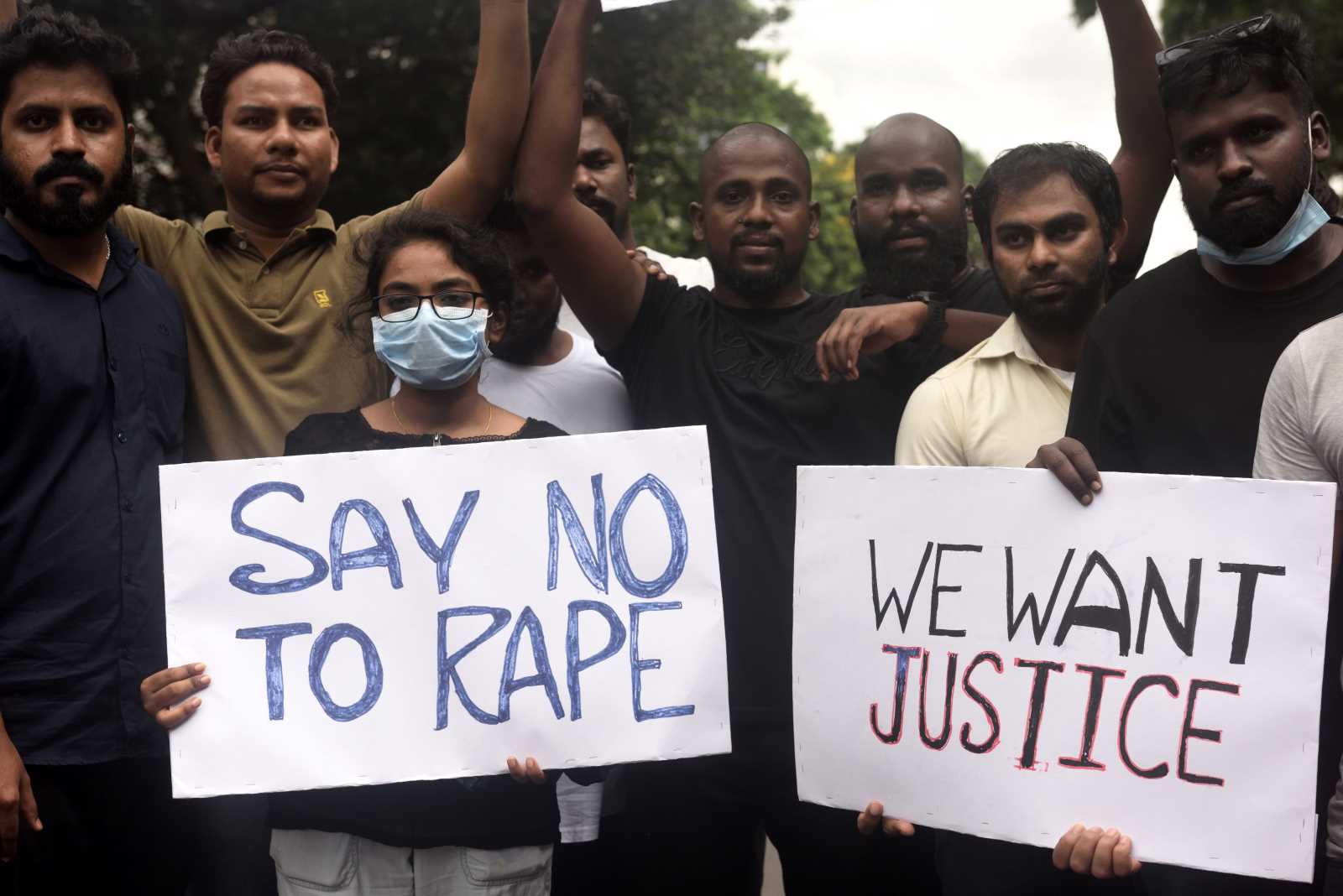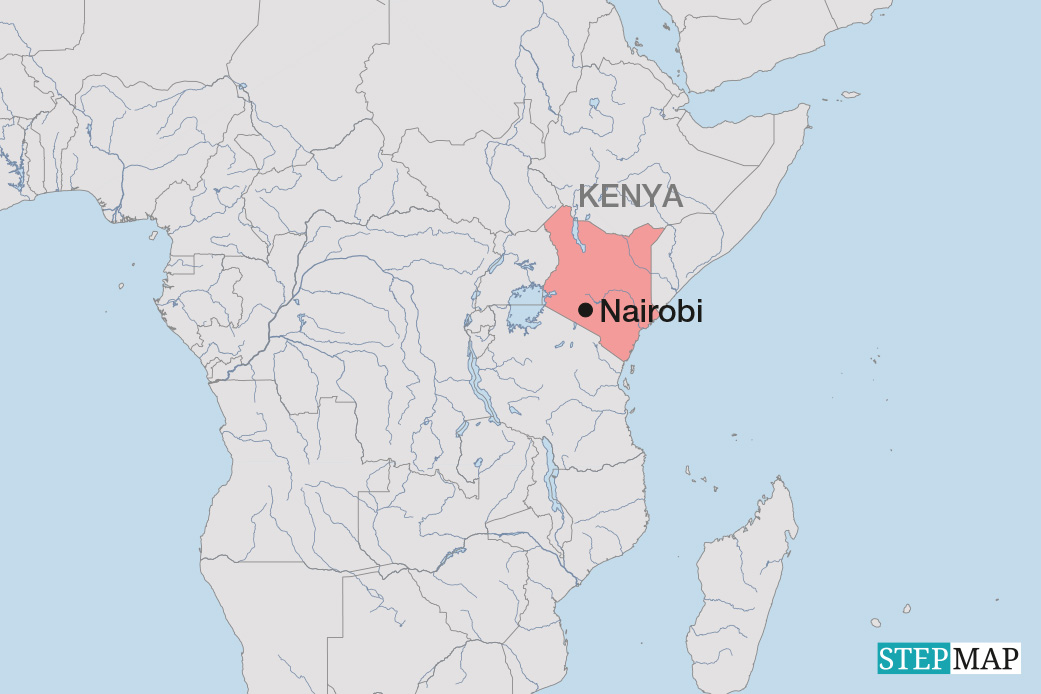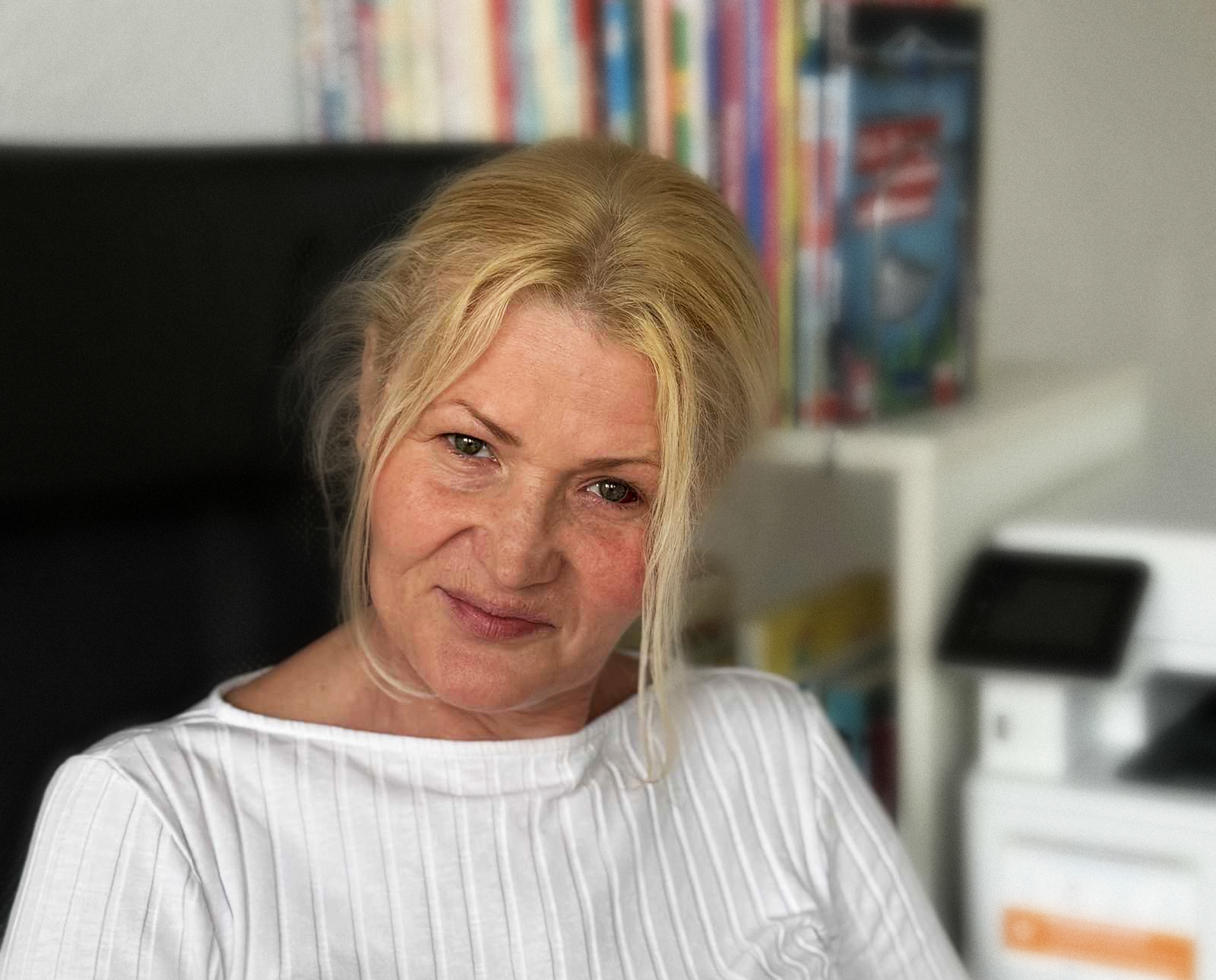Healthcare
How kangaroo care saves newborn lives in Burundi’s hospitals
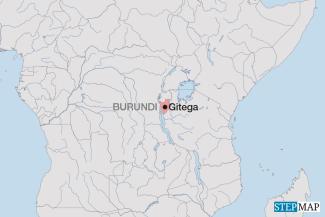
On a Friday in May 2025 at Ngozi Hospital in northern Burundi, 32-year-old Concilie has just given birth to a premature, underweight baby. She holds the child carefully in her arms. To protect the newborn from infections, a nurse places the infant on the mother’s bare chest. Concilie becomes a kangaroo mother for the second time. “I’m not afraid of power cuts affecting my little one, because I carry the baby on me,” she says.
The kangaroo method is a simple but highly effective practice for premature or underweight babies. Instead of relying solely on incubators, newborns are placed skin-to-skin on their mother’s chest. This provides warmth, stabilises the baby’s breathing and encourages bonding, while also reducing risks linked to unreliable electricity supplies that affect hospital incubators.
The method was developed in the 1970s in Colombia as an alternative to costly incubators for those preterm newborn infants who had overcome initial problems and required only to feed and grow. According to the WHO, such intermittent skin-to-skin contact has been shown to be beneficial if complemented by proper incubator care. It is an effective, low-cost approach to neonatal care, particularly in countries where electricity and medical equipment are scarce. Although still little known among mothers and the general public, this practice is highly valued by health workers. “It brings the baby close to the mother from the very first hours, and it is also vital during power cuts. With incubators we depend on electricity, but this method saves lives,” explains Françoise Nirera, a nurse at the hospital.
Energy shortages affect maternity wards
Every year on 15 May, World Kangaroo Care Day is celebrated to raise awareness of this “human incubator” approach. The Ngozi Hospital was one of the pioneers in using it in Burundi, and many patients have expressed appreciation.
Data from Burundi’s Ministry of Public Health underline the scale of the challenge. In 2022, of 473,918 live births, 5,774 were premature and 7,063 were stillbirths. Hospitals in northern Burundi have increasingly adopted kangaroo care to improve outcomes.
But the wider context is difficult. Burundi has an electrification rate of just 12 % and suffers from chronic energy shortages that affect industrial activity and severely compromise health services, especially maternity wards. Hospitals often struggle to keep premature infants alive during blackouts and fuel shortages, sometimes with fatal consequences.
A call for expansion
This makes the case for kangaroo care even stronger. “It is very important that this method will be extended to other hospitals and health centres, especially in rural areas,” says Sylvain Habanabakize, spokesperson for the Burundi Patients’ Advocacy Framework (CEMABU). “Given the country’s energy deficit, kangaroo care could significantly reduce deaths linked to the use of conventional incubators. The Ministry of Health should recommend it to mothers during prenatal consultations.”
For mothers like Concilie, the method is making the difference between fear and reassurance. Kangaroo care is more than an emergency solution: in a country where power cuts are frequent, it is a life-saving practice that gives newborns a chance to survive and thrive.
Mireille Kanyange is a journalist and reporter of Radio Isanganiro in Burundi.
mika.kanyange@gmail.com
